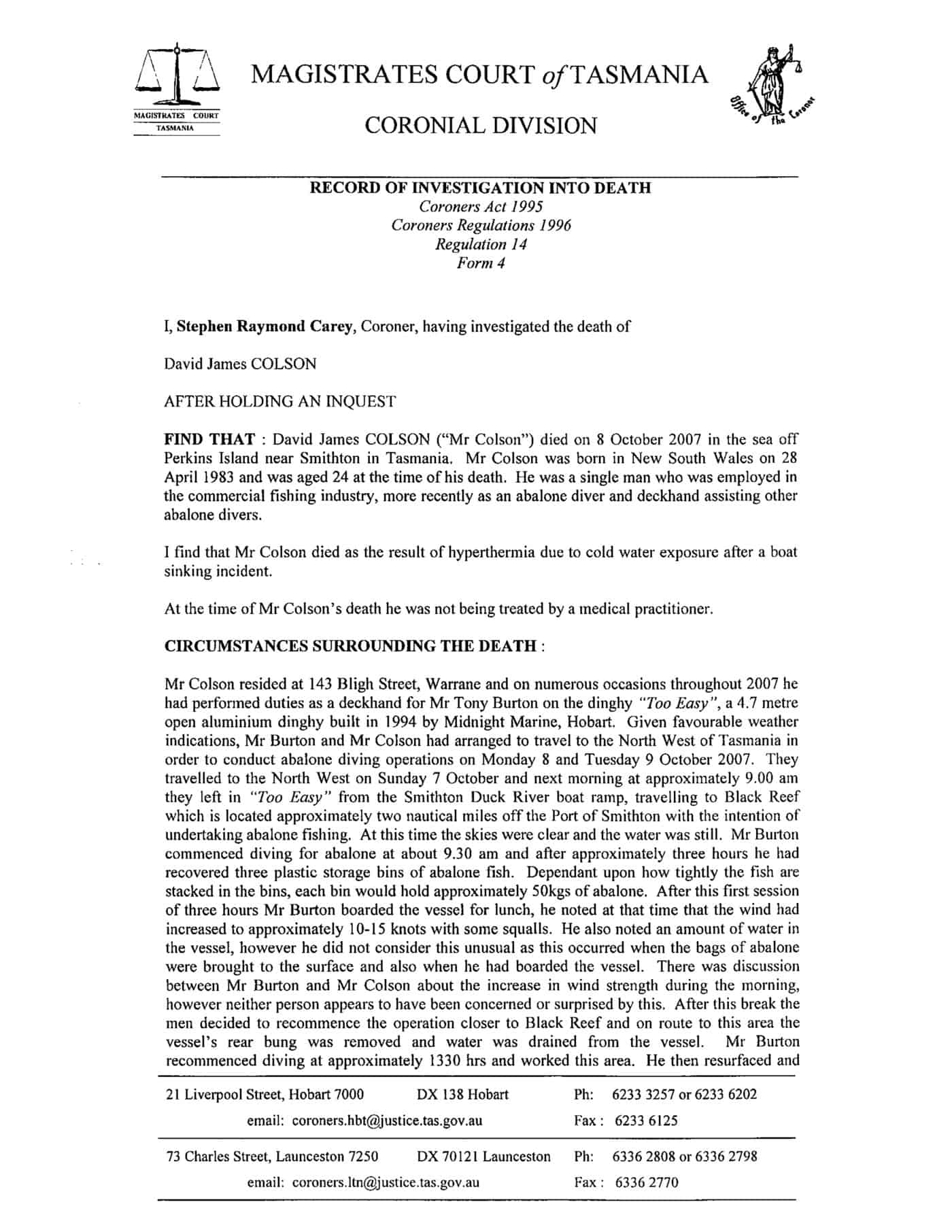On 15 December 2009, a New Zealand Court penalised two companies and a director with fines totalling over $NZ390,000 over an explosion in a coolstore that result in the death of one firefighter and injuries to others. In the comments section of a previous blog article the following questions were put to the New Zealand Department of Labour (DoL). Their responses are included below Continue reading “Update on New Zealand cool store explosion”
Category: death
Politics and safety in California
Workplace safety, as is any legislation, is subjected to the political whims and decisions of whichever political party is in power at the time. In Australia, John Howard’s conservative government almost halved the already meagre budget of the National OHS Commission, stopping many of the programs of national OHS uniformity that are now being resurrected by the Labor Government of Kevin Rudd.
On 14 January 2010 an investigative report into the operation of Cal-OSHA by KCET says that there was a marked change in the enforcement policies of Cal-OSHA shortly after the election of Republican Arnold Schwarzenegger as Governor of California. Continue reading “Politics and safety in California”
Shipbreaking Explosion
In September 2009 several workers were killed and burnt when cutting up an old tanker that still had chemical residue. The National Labor Committee (NLC) has released a a ten minute video interview with the NLC Executive Director, Charles Kernaghan.
According to an 11 January 2010 NLC notice:
“Eight more workers in Bangladesh were burned to death on December 26, 2009, when the ship they were dismantling exploded. The workers had been told that the gas tanks on the Agate oil tanker had been cleaned. It was a lie. Continue reading “Shipbreaking Explosion”
Forklift death and safety posters
Twelve days in 2010 and Victoria has experienced its first workplace death and it was due to the use of a forklift. A 60-year-old man was crushed after a load being removed from a truck by forklift fell.
According to WorkSafe Victoria:
“…the man was guiding a forklift driver who was to remove the computer equipment weighing some 200kg and standing about 2m high, from the back of a semi-trailer. The equipment was on castors and not mounted on a pallet.”
As part of WorkSafe ongoing campaign on forklift safety, it has issued two safety posters. Originals should be available through the local WorkSafe Victoria offices.
Risk/Reward trade-off
On 11 January 2010, the Tasmanian Workplace Relations Minister, Lisa Singh, announced a new safety focus on the abalone industry following the findings of a coronial inquest into the death of David Colson in 2007.
There are several interesting elements to the Minister’s decision. Firstly and, perhaps, most importantly, the decision shows the significant role that Coroners in Australia play in improving workplace safety. For legislative change, it is difficult to see any more effective political motivator.
 Also, the Coroner can express opinions based on evidence in a way that few other courts do. The findings are not yet publicly available. Continue reading “Risk/Reward trade-off”
Also, the Coroner can express opinions based on evidence in a way that few other courts do. The findings are not yet publicly available. Continue reading “Risk/Reward trade-off”
Migrant workers’ deaths on Christmas Eve
According to the Toronto Police, four workers died on December 24 2009 when the swing stage they were working on collapsed. A fifth man, Dilshod Marupov, is in hospital.
Media reports have identified the five workers as migrant workers and although the swing stage was at the thirteenth floor of an apartment complex, no-one was wearing safety harnesses. Continue reading “Migrant workers’ deaths on Christmas Eve”
Orewa College explosion update
The New Zealand Department of Labour has released a media statement about the prosecution reported on yesterday but
“The Department will not name either the parties or the specific charges until the charges reach court.”
This may be an indication of the political sensitivities of the prosecution.
A representative of the Orewa College Board of Trustees, Phil Pickford,was interviewed by New Zealand Radio on 21 December 2009. The interview is available online.
Pickford states that he is proud of the OHS systems that are in place at Orewa College and places Orewa in the top 10% of schools for OHS performance.
It is difficult for anyone to make public statements on an OHS prosecution without knowing who has been charged and with what.
From SafetyAtWorkBlog’s perspective, regardless of any action taken by the DoL, it would have been expected that both the school and the Education Department would have undertaken their own investigations in to the death of one of their own employees, if for no other reason than to stop a similar occurrence in other schools.
A TV report of the explosion from mid-2009 is available online.


